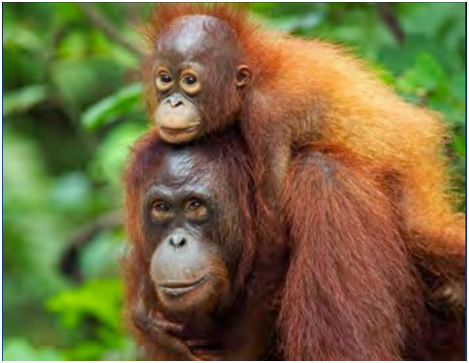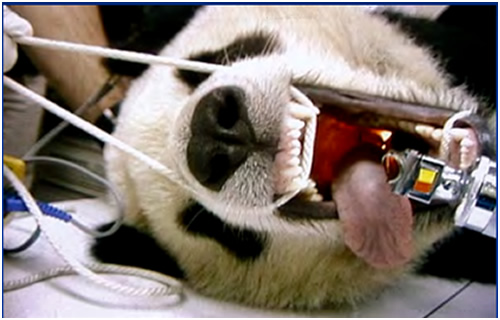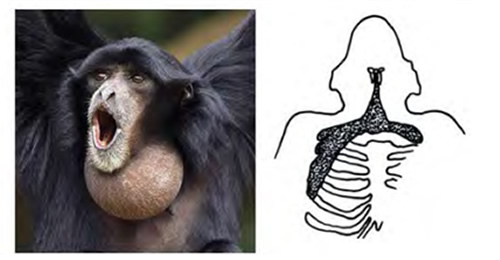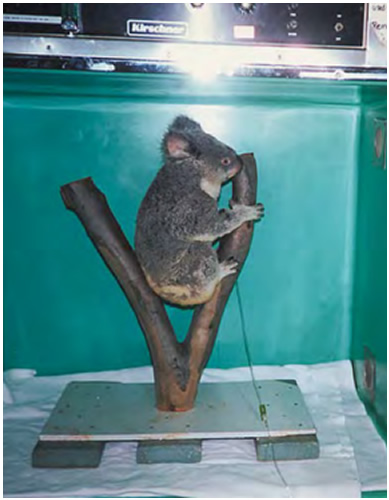Annual Meeting Reviews
Session VI: Zoo Anesthesia
By Nicole Dobija, MD
University of Michigan School of Medicine
It wouldn’t be a meeting in San Diego without a visit to the San Diego Zoo!!
Mark Greenberg, MD (University of California San Diego) delivered a wonderfully entertaining and enlightening lecture about his extracurricular activities at the San Diego Zoo. Zoo animals may be even more challenging than pediatric patients and definitely more dangerous.
Some of the Challenges of Veterinary Anesthesia:
- Uncooperative patients
- Uncontrollable/ difficult to control environment
- Increased risk of regurgitation and aspiration despite adequate NPO time
- Patient may be dangerous to care takers
- Difficult airways, vascular access
- Difficult to monitor at all points of the case
- Unique biological requirements and physiology
Challenges of Veterinary Intensive Care:
- Lack of knowledge of Inter/intra species response to physiologic stress, medications
- Difficult anatomy and anatomic differences from humans
- Challenging physiologic obstacles
- Lack of technical support and resources
- Unavailability of suitable blood products
- Differences in ideology
- Social order and group issues
Dr. Greenberg highlighted some of his most endearing patients. The first one was Karen, a Sumatran orangutan. After her birth, she was neglected by her mother, and hand nursed by zoo volunteers. She was reintroduced, successfully to her mother at 10months of age. At two years of age, she underwent cardiac surgery to fix a hole in her heart. This highlights some of the problems with veterinary anesthesia, no blood products! Sumatran orangutans are critically endangered, with approximately 7,000 left in the wild.

Some things to think about when anesthetizing a zoo animal: What species is it? How do you decide? Dr. Greenberg divided up the animals into seven species groups: odd-toed ungulates (horses), even-toed ungulates (cows), primates, felines (all the cats), canines, bears, and marsupials.

Now this simplifies things a bit. Some things are similar to pediatric anesthesia. First, you must sedate the patient. For the zoo animals, this can be done from a distance often utilizing a real dart. Then, comes masking the patient, and for the Giant Panda, that means using a bleach bottle for a mask.

Next, it’s time for the intubation, being sure to avoid the teeth.

And depending on the size of the animal, you choose an endotracheal tube. They range from IV catheters for small birds to 75.0 ETT’s for giraffes and rhinos.

Endotracheal tube positioning is very important. Besides the inadvertent mainstem intubation, you have to worry about laryngeal air sacs. An air sac is an air filled epithelial lined pouch that is like a diverticulum arising from the throat itself. If the endotracheal tube is not deep enough or comes out a bit, you do not ventilate the patient, but instead fill the air sacs.

Positioning and padding of the patient can also be an issue. For the giraffe, besides an extra long endotracheal tube, the head must be elevated to facilitate venous drainage. Large pads must be utilized to prevent injury to the bony prominences on the extremities.

Emergence can be dangerous for the animal and for the human staff. Giraffes are tied down until the reversal agents are given. Once the animal stands and appears capable of maintaining its weight, the restraints are released. Koalas that spend more than 20 hours a day sleeping, have a PACU tree that they gravitate towards once emerging!

Dr. Greenberg finished his talk with information about flagship species and animal conservation. Flagship species are iconic animals that provide a focus for raising awareness and stimulating action and funding for broader conservation efforts. Extinction of any of these animals will profoundly affect the inhabitants of this planet. There are many organizations that are trying to protect wild animals including your local zoos.



